Thursday 26 January 2023
Te Puia, (TP1- TP9) DOC250 traps, Hot Springs – Te Puia (370 – 411, DOC200, and CT13), Mangatainoka (W1-W15) Double set DOC200 traps
It was a fine day at last, and so Grant headed out to do his monthly check of the trap lines. He rebaited an unmarked DOC200 trap near the start of the line, and on his return he found this critter.
Just imagine: within eight hours, one stoat had been killed. Now imagine if we had a self-arming AT220 trap, how many catches we could make.
Here are some of the traps deployed in the Kaweka Forest Park
DOC200 traps are single-kill traps effective for catching rats, stoats, and hedgehogs.
DOC250 traps are also single-kill but are more robust and used mainly for ferrets, but also used for stoats, rats and hedgehogs.
A24 are a multi-kill trap produced by Good Nature. The trap resets automatically, and with an electronic chirp, will transmit when it kills a pest.
AT220 is produced in New Zealand by NZAutoTraps. It is self-resetting, targeting possum and rats.
Peter and Judy Morrin have been researching the effectiveness of the range of traps available, using trail cameras. Here are some of their findings on stoat catches.
Stoats seen on all cameras but not in great numbers. We are monitoring two DOC200s and two A24s to see which attracts and kills stoats best.
DOC 200s: One stoat went into a single set DOC200 but escaped because the trap already contained a rat. The only other stoat observed went close to a DOC200, showing no interest – we shifted the trap to where the stoat passed, but there are no captures to date.
A24s attract stoats but to date there are no certain kills. Two observed A24s had five stoat visits, some multiple.
Do the stoats come to the A24s to get a free feed of rats?
We will be publishing more on Peter and Judy’s findings during the year.
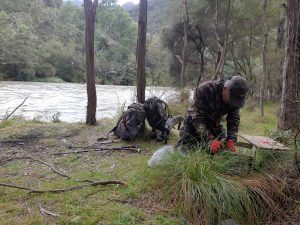
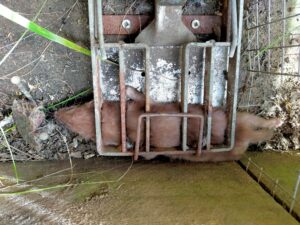
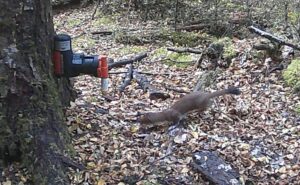
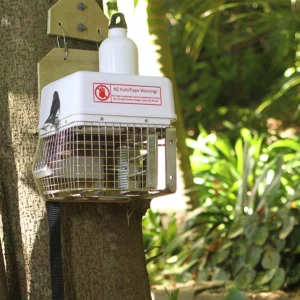
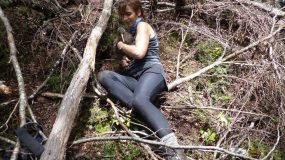






Leave a Reply